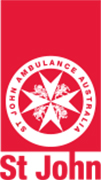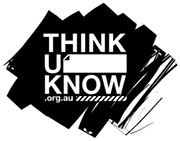Safety At Home
First AidHeart Attack
Signs & symptoms
The warning signs of heart attack vary and usually last for at least 10 minutes.
The patient may get more than one of these symptoms.
- Discomfort or pain in the centre of the chest. It may come suddenly or start slowly over minutes. It may be described as tightness, heaviness, fullness, squeezing.
- Severe, moderate or mild pain.
- Pain may spread to the neck, throat or jaw, shoulders, the back, and either or both arms.
Other signs and symptoms
- shortness of breath
- sweating
- nausea / vomiting
- dizziness.
Do not drive the patient to a hospital in case of a further attack. The ambulance is the safest and fastest way to get to the hospital.
What to do
1. Follow DRSABC.
2. Advise the patient to immediately stop what they are doing and to rest.
3. If any symptoms are severe, get worse quickly, or last for 10 minutes, ensure an ambulance has been called. Do not hang up.
4. Loosen tight clothing.
5. If patient has been prescribed medication such as a tablet or oral spray for angina, get it and help the patient in taking it as they have been directed.
6. Give the conscious patient 1 aspirin tablet with water. Do not give aspirin to those allergic to it or if their doctor has warned them against taking
aspirin.
7. Stay with the patient and regularly check their response and breathing.
8. Be prepared to give CPR.
See the Heart Foundation’s Heart Attack Action Plan: www.heartattackfacts.org.au







